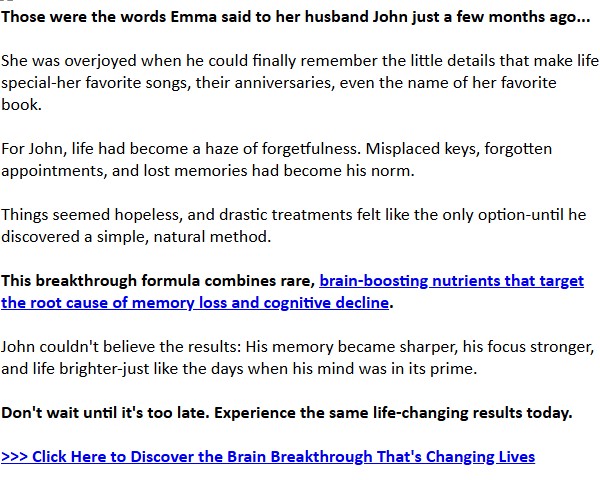
Wife shocked as husband regains sharp focus





e later atomic theory[citation needed]. Until experimental proof of atoms was later provided in the 20th century, the atomic theory was driven largely by philosophical considerations and scientific intuition. 17th century Early thermometers Main article: Thermometer § Early developments The European scientists Cornelius Drebbel, Robert Fludd, Galileo Galilei and Santorio Santorio in the 16th and 17th centuries were able to gauge the relative "coldness" or "hotness" of air, using a rudimentary air thermometer (or thermoscope). This may have been influenced by an earlier device which could expand and contract the air constructed by Philo of Byzantium and Hero of Alexandria. "Heat is motion" (Francis Bacon) Francis Bacon Main article: Kinetic theory of gases § History The idea that heat is a form of motion is perhaps an ancient one and is certainly discussed by the English philosopher and scientist Francis Bacon in 1620 in his Novum Organum. Bacon surmised: "Heat itself, its essence and quiddity is motion and nothing else." "not ... of the whole, but of the small particles of the body." René Descartes Precursor to work Main article: Work (physics) § History René Descartes In 1637, in a letter to the Dutch scientist Christiaan Huygens, the French philosopher René Descartes wrote: Lifting 100 lb one foot twice over is the same as lifting 200 lb one foot, or 100 lb two feet. In 1686, the German philosopher Gottfried Leibniz wrote essentially the same thing: The same force ["work" in modern terms] is necessary to raise bod
